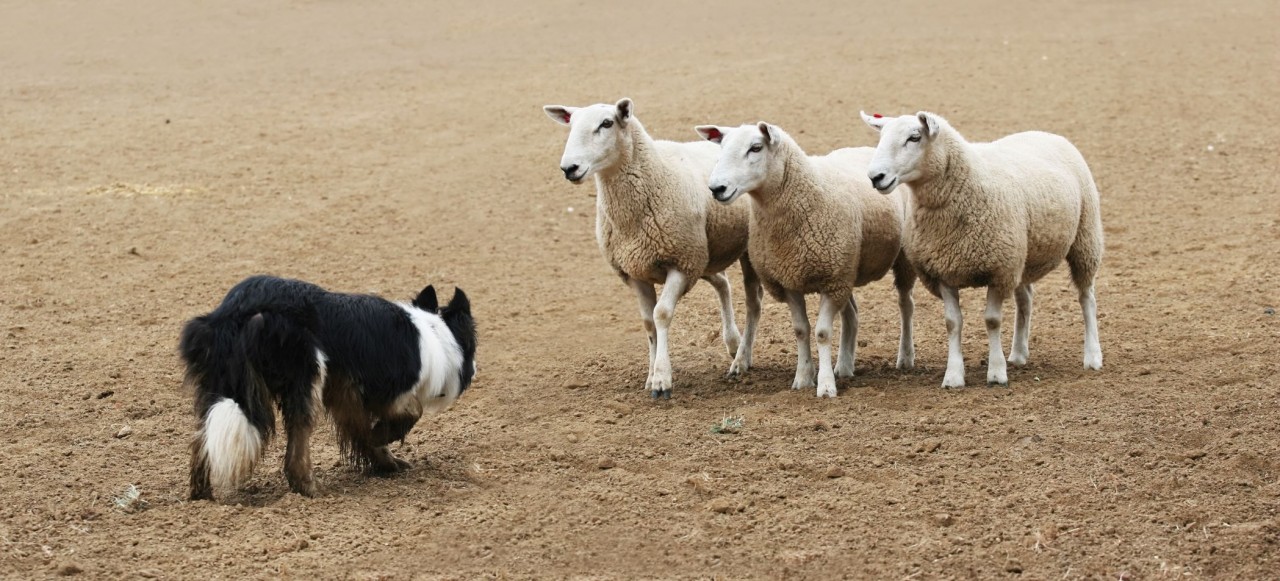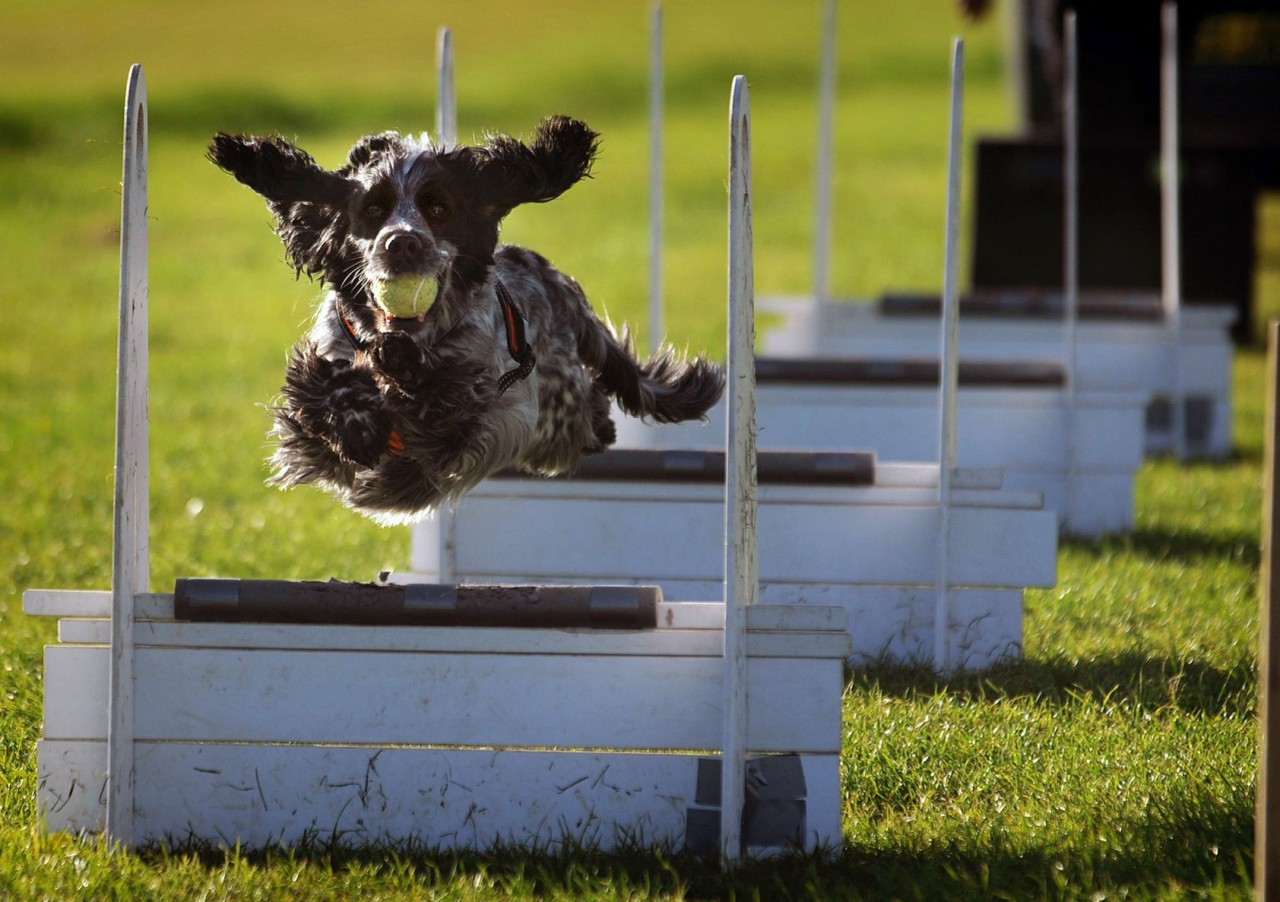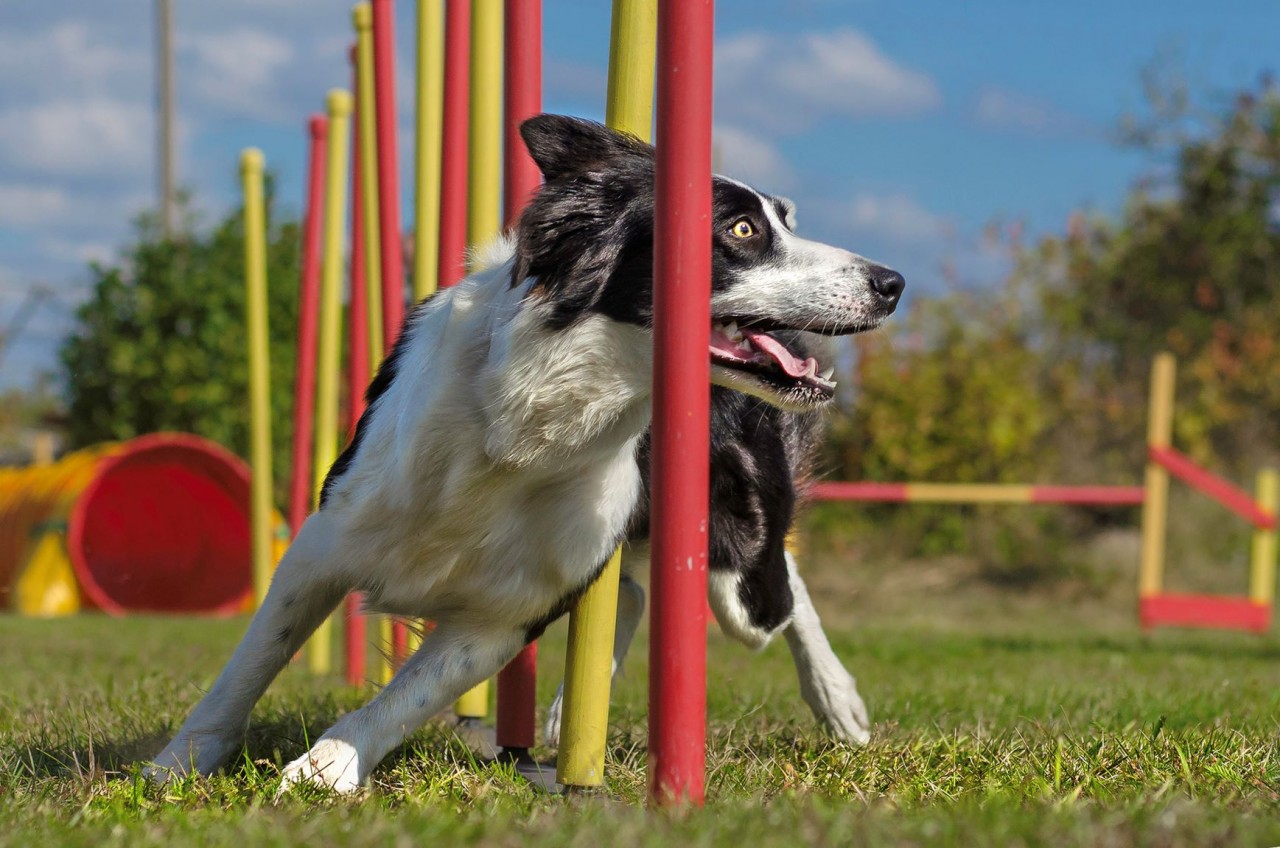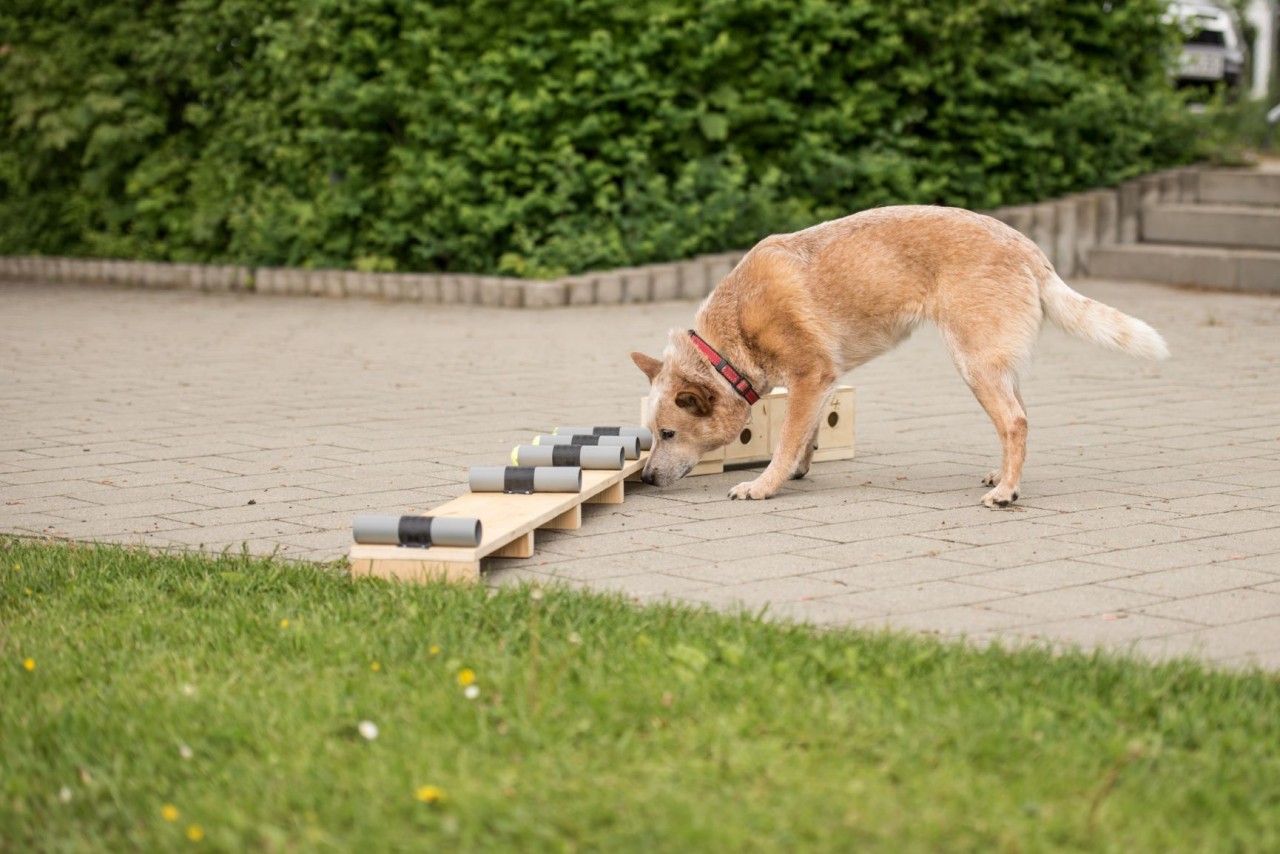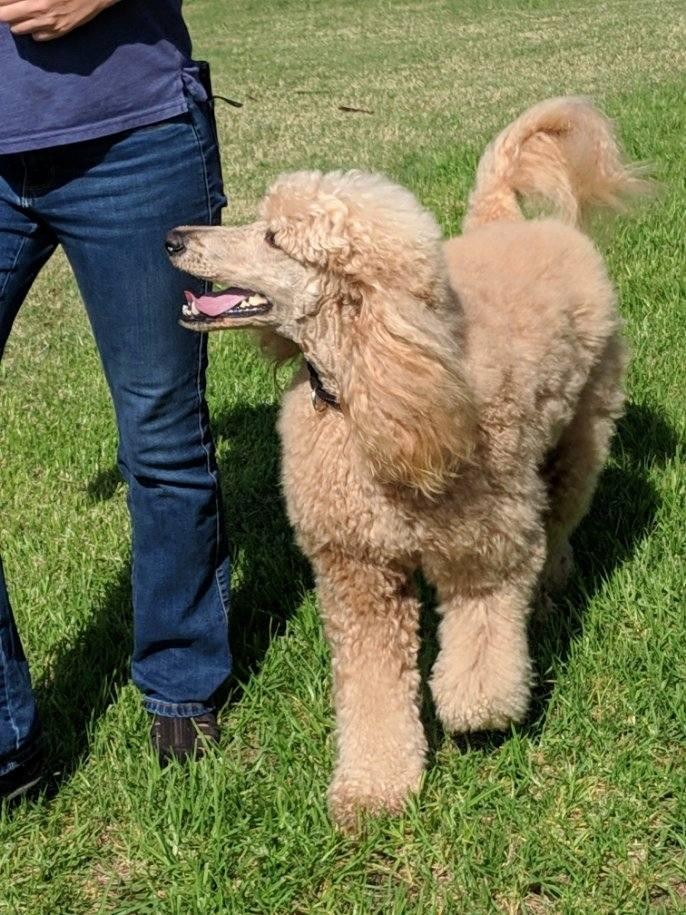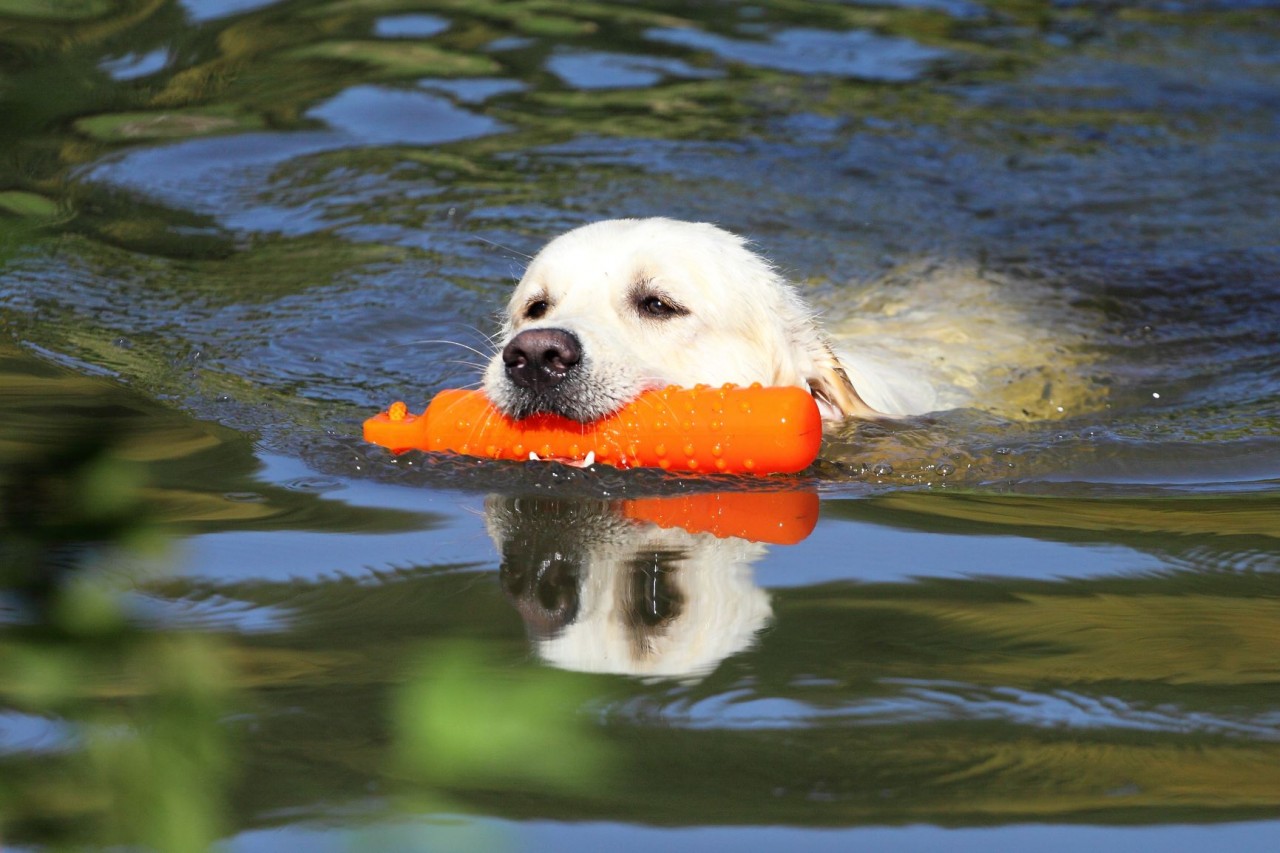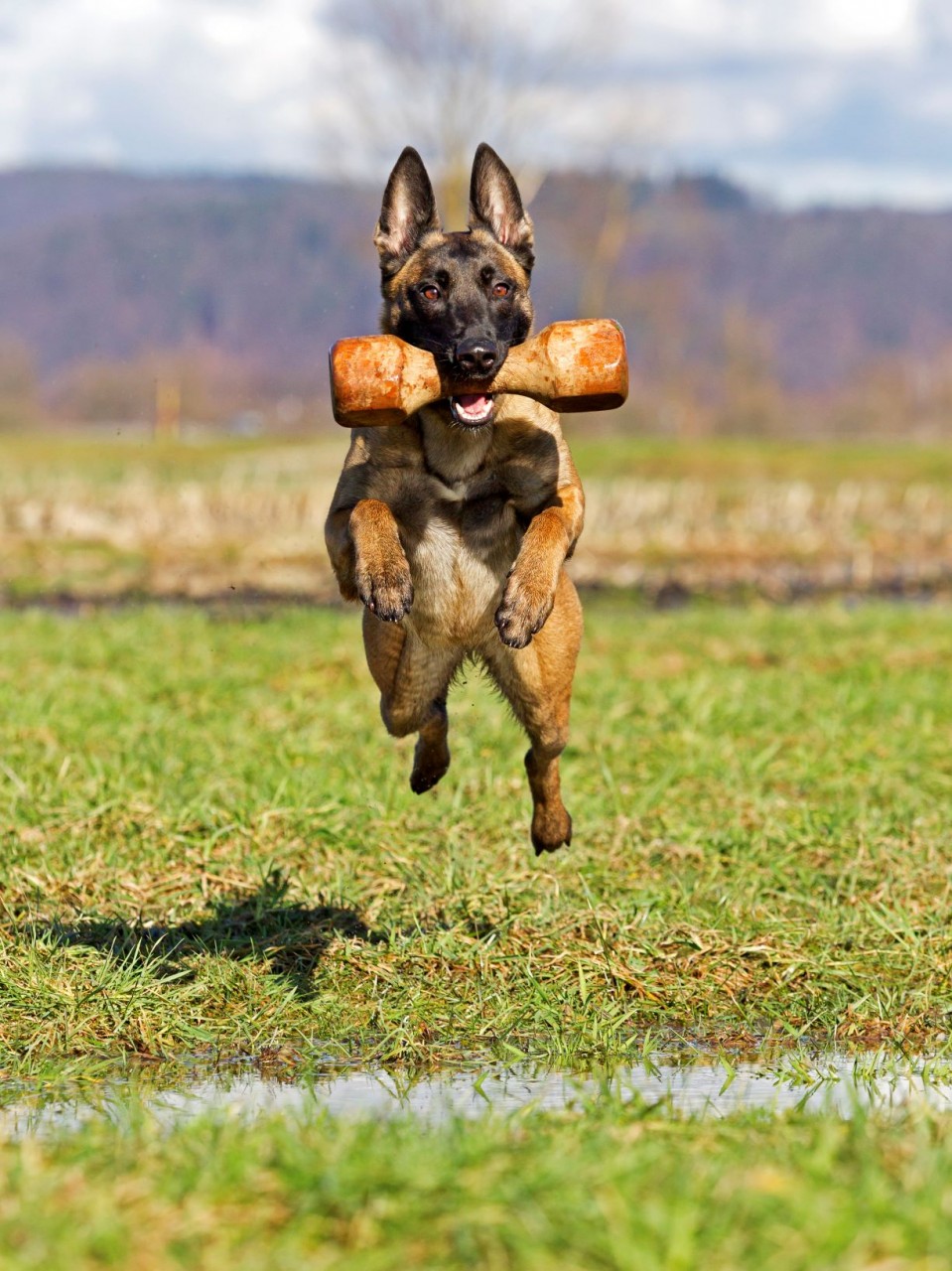It's easy to forget that dog sports really are team sports. Not a lot different to competing in the doubles kayak or pairs figure skating. It involves two individuals working towards a common sporting goal. Sometimes in dog sports we erroneously put too much emphasis on one member of the team—either we think the whole competition is about our dog's performance, or we put too much pressure on ourselves.
As the human in this partnership, it is often useful to divide our job into two distinct roles: one as team-mate and one as coach. Progress in training, and success in competition, can often be greatly improved if we look closely at specifically fulfilling the responsibilities of each of these roles.
Our role as coach
A good coach:
- Ensures the athlete is well prepared for whatever is required (i.e the required skills, as well as the ability to function effectively in the competition environment).
- Develops each foundation skill separately and then trains the athlete to combine skills as required.
- Trains the athlete in the lead up to a competition and prepares and supports the athlete at the competition.
- Does not highlight deficits in performance on the competition day, but identifies all training gaps that are affecting the competition performance, and then addresses those in training.
- Offers encouragement to the athlete before and during the competition performance.
- Supports the athlete immediately after the performance, regardless of the performance or the outcome.
- Generates individual plans for that athlete
Generating individual plans for that athlete means the coach:
- Determines the best preparation for the days leading up to the competition.
- Develops the best warm-up and cool-down phase for use at the competition.
- Identifies the optimal arousal level for that individual, for that sport, in that setting, and puts protocols in place that assist the athlete to maintain the required level of arousal.
Sometimes as a sports coach we can be assigned an athlete that, for one reason or another, represents a challenge to us. Sometimes the athlete is talented but lacks drive or work ethic; in other instances, the athlete may be keen, but lacks the specific physical or mental attributes required to be extraordinarily successful at a given sport.
It is our job, as a coach, to bring out the best in each individual.
This may involve determining what really motivates that athlete; it may involve calming an individual's over-enthusiasm, so they can develop the precise skills needed to be successful; or in some cases, it may even require us to redirect that athlete to a different sport (e.g. we might determine that an individual who originally was targeting sprinting, will be better suited to marathons).
It is also extremely important as a coach to understand that not every athlete is going to the Olympics and that's ok. The role of coach is to develop that individual to be the best that they can be!
Sports coaching for our dogs
It is not that different when we are coaching our dogs.
Some dogs present more challenges than others. They each bring different skillsets and different levels of emotional tolerance to the table.
Our job is to utilize their strengths and identify and work on their weaknesses. In many cases the dog can be successful within our chosen sport, but in some cases, it becomes evident that the dog has no passion for the requirements of that sport, and we may instead redirect them to a more suitable sport. These are all decisions that we make in our role as coach.
When working with our dogs, one of our primary roles as coach, is to ensure that the dog is fully prepared to compete.
In practical terms this is usually broken down into two key parts: competency in the skills required for the competition, and the mental preparation required for the competition environment (eg, being comfortable with the crowd, the noise, the ring/field set-up, the nearby fellow competitors (dogs and handlers), the closeness of officials (judges, stewards, etc), and the competition format itself.
The dog will also need to be physically fit enough to comfortably undertake whatever is required, as well as have the mental stamina to remain focused on the task for the necessary time.
Remember this may not just be a single event, but may require multiple efforts within a day, or repeated efforts over several competition days. The heightened arousal of a competition environment can further exacerbate this issue. Many times, the dog is mentally or physically fatigued in later rounds, if the trainer has not specifically targeted this aspect in their training program.
Most importantly in our role as coach, it is our job to encourage and support our dogs in training and in the competition setting. Identifying training gaps as they become evident, and then working on these in a training setting, in an unemotional and systematic way.
Our role as teammate
In our role as teammate, we need to recognize that we can only fully control our actions and emotions, so we need to hold ourselves accountable for that aspect of the competition performance. Being a good teammate means contributing to the team and supporting the other member/s.
A good teammate:
- Contributes to the team.
- Supports their teammate.
- Manages their own emotions, so as not to negatively impact on the team.
- Takes responsibility for their own actions.
- Sets their own individual goals and works towards achieving those goals.
- Spends time with their teammate before, during and after competition to nurture the team relationship.
- Values their teammate as an individual, and values the work they put into the team.
Too often we think as the human, that we can actually "control" our dog in a competition performance. This is an illusion.
If the training is solid and the dog fully understands what is required, is a willing participant and is coping well emotionally, then certainly the dog should respond rapidly and precisely to our cues. This however is not the same as "control." Really, we are just teammates; the dog is responding to our cues in much the same way as a teammate in any other sport would.
Dogs perform well in a competition setting due to the presence of three primary factors:
- They have built a relationship with the handler.
- They understand what is being asked.
- They are not being negatively impacted on by the competition environment.
The first of those three falls under our responsibility as a good teammate. The second two fall under our role as coach.
Being a good teammate for our dog
Anyone who has tried to "make" a dog compete, knows that there is no way to get a genuinely great outcome unless you have all three of the above. When dogs become confused, stressed, anxious, frustrated or conflicted we see behaviours such as:
- Anticipating cues.
- Missing cues.
- Performing a different behaviour to what is cued.
- Leaving the handler (escape, avoidance, and/or displacement behaviours such as "zoomies").
- Excessive vocalization (barking, whining, howling).
- Passive displacement behaviours (self-scratching, sniffing the ground, avoiding offering eye contact to the handler and/or the task).
- Slow responses and slow movement (sometimes even stalling entirely).
These can occur when there is a deficit in any one of the three primary factors. For example: a lack of trust in the relationship; a lack of clear understanding of what is being asked; a negative impact from the competition environment (whether emotionally based or due to the inducement of an inappropriate arousal level).
As a teammate we need to support and encourage our dog where possible in the competition environment, but also recognise when the performance is being affected by a gap in the training (whether related to competency of the skill, or ability to effectively function in the competition environment). At this point we need to revert to our role as coach and take note of the issue, and then address this in our overall training program.
Beyond all of this, one of the biggest aspects to being a great teammate is to always be in control of our own emotions and actions. Imagine being on a team with another athlete who was frequently frustrated, or angry, or overwhelmed, or acted in an erratic way. No athlete wants a teammate like that; our dogs feel the same way.
Using this perspective to influence our goal setting
The overall competition result relies on your team's performance. Neither of you have complete control over the other's responses on the day. Once in the ring the human is really just a teammate with a leading role, a bit like a team captain.
Hence when we are setting goals, they should be mostly focused around OUR performance, not the performance of our dog. Just like we would if we were in any other pairs or team sport.
Set goals that focus directly on what we can control on the day in the ring – our own thoughts and our own actions.
Ensure goals are well-defined and measurable and that they relate to specific aspects of our own performance on the day.
For example:
- Set a goal of really staying engaged with your dog from prior to entering the ring, through to the start of the performance.
- Set a goal of being at the correct position to cue a certain element.
- Set a goal of maintaining your correct hand or body position throughout, or ensuring you give clear and well-timed cues.
- Set a goal of noticing your dog's arousal levels and emotions, and reacting with your pre-planned response.
Then assess each goal afterward, to see if you feel like you performed the way you planned, or if there is room for further improvement the next time.
If we set very clear and precise goals, and work on just one or two small things each outing, eventually this builds into a more successful overall performance.
Always make sure the goals are things we can directly control, and that they do not revolve around the end result, like achieving a qualifier, a placing, a certain score, ribbons, etc. These end results come, through working on small controllable pieces of the performance.
After your competition performance is over, always find something you did well.
Sometimes it is hard to make ourselves do this when we feel we didn't do well, but it is absolutely necessary to make the effort to find the things we did do well, recognize them and build on them for the next outing.
Above all, remember that we are out there to have fun! So relax, take a breath and enjoy every part of the training journey. Look for the highlights in training, and also the moments in the competition ring where you felt like you were working as a team. Cherish those moments. Focus on all the good bits, look for small things to work on, and enjoy the unique relationship you have with your dog!
